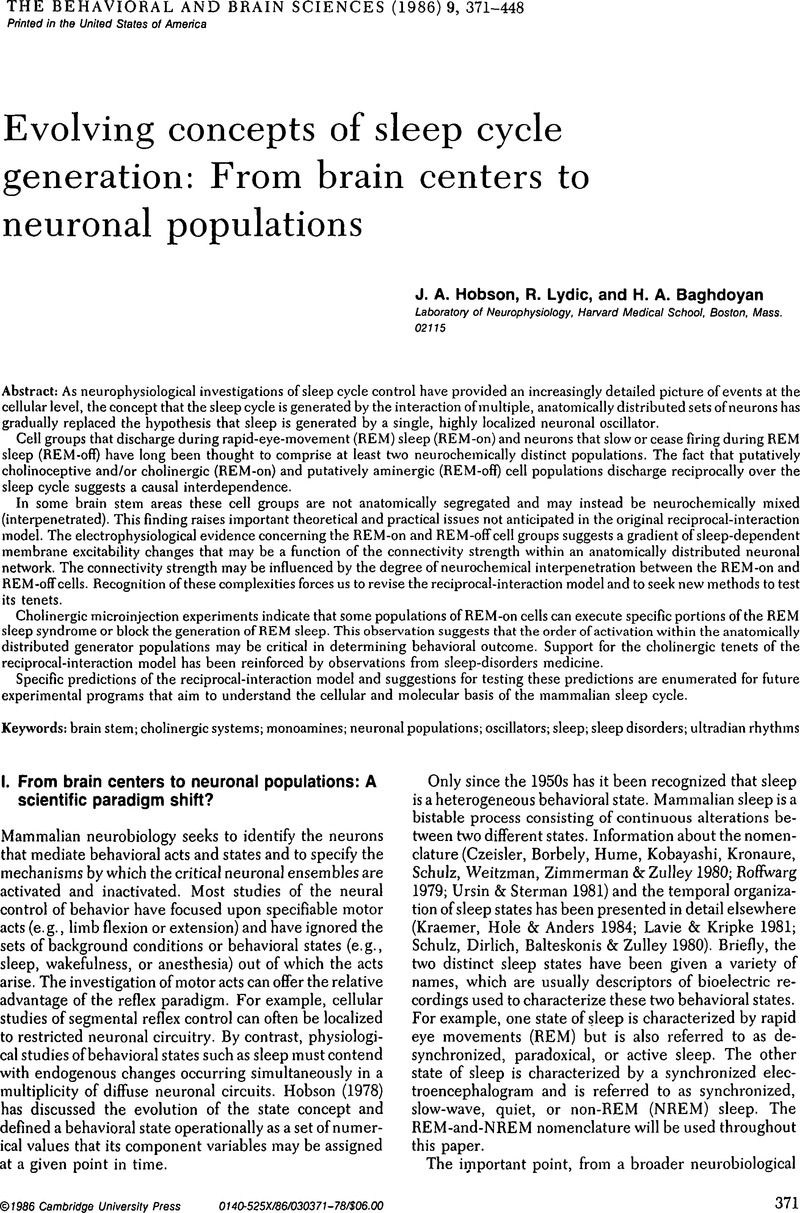Crossref Citations
This article has been cited by the following publications. This list is generated based on data provided by Crossref.
Doty, Robert W.
1989.
Schizophrenia: a disease of interhemispheric processes at forebrain and brainstem levels?.
Behavioural Brain Research,
Vol. 34,
Issue. 1-2,
p.
1.



